DIY servicing has never been so bloody easy. In this yarn, Grant “Gutsy” Shorland shares a few hot tips on keeping your cooling system running icy cold. He’s using parts from Outboard Spares delivered directly to his secret lair, aka Gutsy’s Garage.
Welcome to Gutsy’s Garage. This is the nerve centre of my commercial diving operations. It also doubles as a man cave and home to my collectible dirt bikes. This is where I service my commercial boat, the Cootacraft Gun Shot I helped build with Mark “The Russian” here in my home town of Mallacoota. This 18-footer is so tough. It’s already been on the rocks once and might’ve been known to carry a tonne of abalone in one trip. (Gutsy’s note: that’s just a rumour BTW, just in case Fisheries is reading this.) The rig is powered by a pair of 90HP Suzuki outboards that have a miserable life getting regularly thrashed along the rugged East Gippsland coast at 30 knots, thrown in and out of gear hundreds of times in a day.
I service my own motors because getting good help in Mallacoota isn’t always easy and it’s cheaper to do it myself. Keeping costs down is something I’ve had to consider a lot lately — what with restricted quotas brought about by the fires that destroyed the local processing plant, followed by coronavirus, which resulted in a limited export market to China, followed by China’s own restrictions on seafood imports. Yep, 2020 was one bitch of a year. I source all my parts from Outboard Spares and, hand on heart, I can say I pay full price, which is still cheaper than OEM (original equipment manufacturer) alternatives. The crew at Outboard Spares ship the parts the same day and I’ve never had a single drama with their gear. They also know boats, which helps cut through the crap.
KEEPING THINGS COOL
In this yarn, I’m talking about keeping your cool, which is something I’ve been working hard on lately. I’m not talking about when someone nudges you off the baitball — I’m talking about keeping your outboard cool. In simple terms, motors are a transfer of energy. When I turn the key on my duo of Suzis, I’m turning fuel and electrical energy into heat energy then into mechanical energy — and making two stainless props go around in circles. That process creates friction, which is where the heat comes from. We need to dissipate that heat because if you run engines at 10,000 degrees, all the metal will melt. Without cooling, the steel bolts that hold everything together will expand — a common cause of blowing head gaskets. Steel also expands at a different rate to aluminium. Too much expansion and contraction will cause parts to stretch and crack. This cooling process is particularly important on a four-stroke with lots of moving parts.
PUMP IT UP
The warmest part of the motor is at the top, which sits well out of the water, so the job of the water pump is to send it there. It’s got to be done at the right pressure — 1000 PSI, and everything will blow off like the turbo on an old RX3 dropping burnouts on Main Street in Thomastown, but two PSI, and it won’t even make head pressure. You also have to regulate the temperature — it can’t be too hot or too cold, or things will expand at different rates. That’s the job of a thermostat — it’s designed to hold the cooling water in manufacturer, generally between 50–60 degrees Celsius. It then opens to release the water before it gets too hot and overheats the outboard.
The thermostat sits at the top of the engine — the hottest part of the motor —opening and closing, making sure the right amount of cold water is coming in and then going out at the right temperature. The constantly opening and closing part of the thermostat is a wax element — a replaceable part with a limited lifespan. Which means we need to look after it by flushing the motor, getting all the salt water, sand and nasties out.
TO KEEP YOUR COOL:
1. Waterpump cup.
2. 0-ring to seal the pump.
3. Thermostat.
4. Wear plates. Note the grooves on the left plate on left.
THE WATER PUMP
The water pump sits below water level in the lower unit (aka the gearbox). It consists of a rubber impeller, stainless steel cup or insert, wear plate, and gaskets and o-rings to seal everything together. Its job is to pump water up to the water jackets surrounding the hot bits. You’ll know the water pump is working because of the telltale. To service it, you’ll need to remove the lower unit from the outboard and place the keel in a vice. This is best done out of the water. Because the impeller spins within the cup, it’s critical that it’s smooth and free from wear marks or scoring by sand or gravel.
Likewise, the flat wear plate should be free from any circular grooves caused by debris. If you can feel the grooves on the plate with your fingernail, it definitely needs replacing. Even though the cup and plate are made from stainless steel, I’ve seen them totally flogged out, despite the impeller still being in good condition. If you haven’t figured it out by now, driving for long periods in the shallows is not good for the water pump — and stop doing proppies on the beach.
RUBBERY ISSUE
The rubber impeller inside the water pump cops the most grief from sand, seaweed and debris. The impeller has blades that fold over and draw water through the water pump before forcing it up to the powerhead. The veins are a potential weak spot, especially if left sitting unused for extended periods. Being rubber, the impeller has a limited life and most engine manufacturers will recommend annual replacement.
Make sure all your gaskets are intact and the rubber o-rings haven’t perished. Water pressure can be lost if they’re not up to scratch, so replace them as part of your regular service. Outboard Spares offer a full water pump replacement kit for less than $100. That’s money well spent — and did I mention the free delivery?
THE THERMOSTAT
The thermostat regulates temperature. You should replace it every 200–400 hours. The good news is that checking the thermostat is a quick and easy task.
1. Unbolt the thermostat housing (see right) located at the top of the cylinder head or exhaust plate.
2. Remove the thermostat and place in a clear jar.
3. Cover the thermostat with boiling water.
A working thermostat should open as the wax inside expands from the heat of the water. If your thermostat appears to be working, clean any muck around where the thermostat sits in the block and reinstall it with a new thermostat gasket. If the old gasket is stuck to the block, use a thin blade or razor to remove. Don’t use anything too abrasive.
A faulty thermostat will only open slightly or not at all, in which case you’ll need a new thermostat and gasket. Outboard Spares supply these for about $60 each for a 90HP Suzuki. As with your water pump, salt and sand are the enemy of the thermostat. It’s another good reason to flush your motor, ensuring you run everything up to operating temperature. At that point, the thermostat will open and allow fresh water to flush out any salt or sand that may have found its way in.
Thermostat Theory
Every wondered how your thermostat works? Drop it in hot, then cold, water and watch it expand and contract. A fully functional one should have a wide range of movement, whereas an old and corroded one might not even open at all. If this happens, your motor won’t be able to regulate temperature. The Captain’s Shark Cat had a stuck thermostat, which resulted in a 50 per cent loss of fuel efficiency on that motor. The sensors thought the motor was running cold, so threw more fuel in to rectify the problem — hence it was drinking more than me on my 21st birthday. The problem was solved with a new thermostat.
SALT IS BAD FOR YOU
If you hadn’t already figured it out, salt ain’t much good for you — or your outboard. As the engine cools off, salt water evaporates to leave salt. Well, der. The salt will sit in the lowest drain-off point in the motor and the next time you use the motor, the salt gets wet and expands. Salt or sand can build up to a point where it expands in the wrong direction, putting pressure on the metal, usually in a bottom cylinder liner.
This can cause a piston to grab in the liner and destroy the engine. Likewise, sand and gravel are experts at finding their way into your cooling galleries and blocking them up. The easiest way to combat salt and sand build-up and corrosion is to regularly flush your engine with fresh water.
If you keep to a regular flushing routine, you’re giving your outboard the best chance of having a long and healthy life.
Cheers,
Gutsy
MORE INFORMATION
OUTBOARD SPARES FOR A SUZUKI 90HP FOUR-STROKE
• Water pump kit (OSWK87L) — $96.75, free shipping same day
• Thermostat (OST67F) — $62.60 free shipping same day


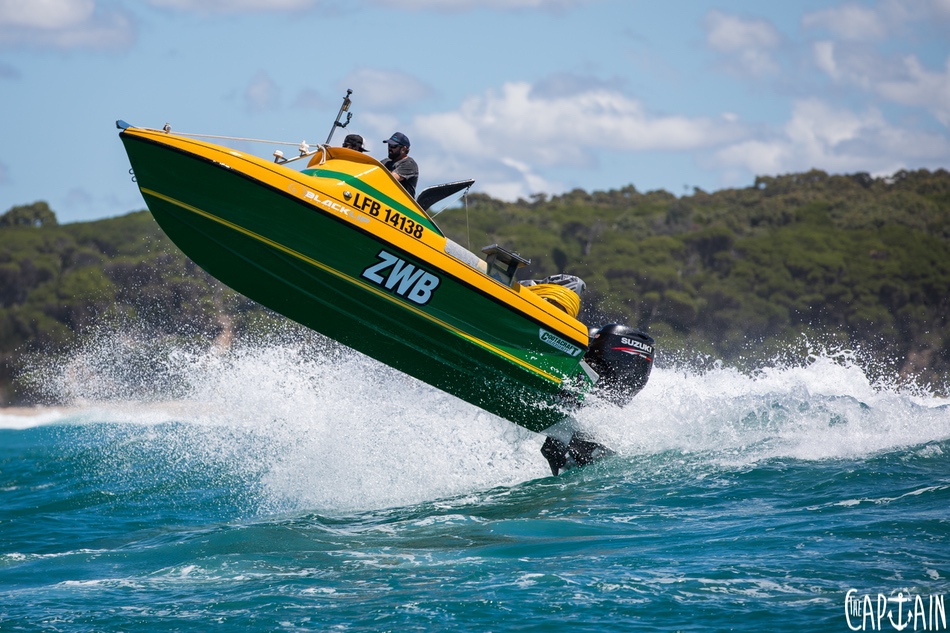
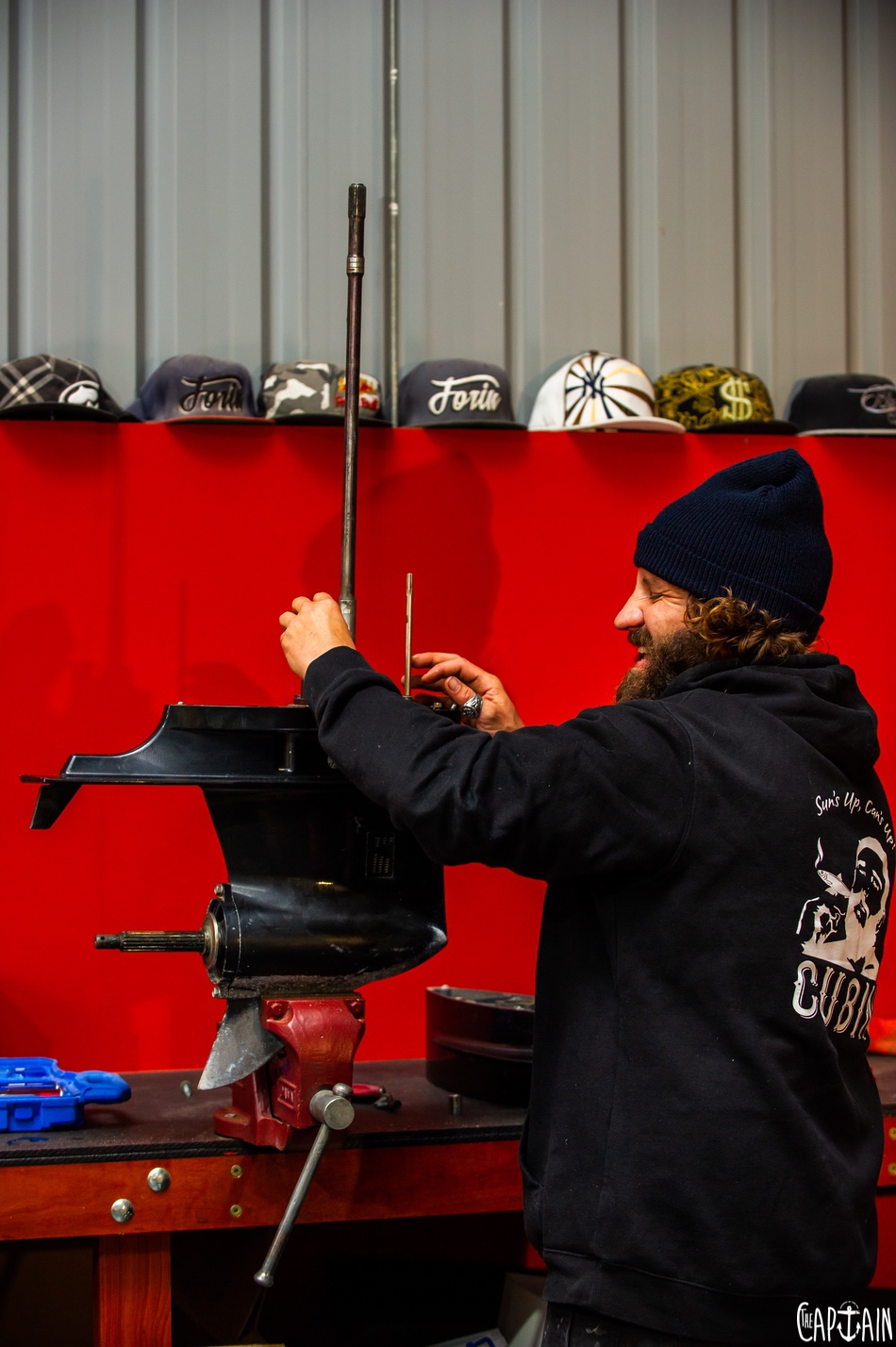
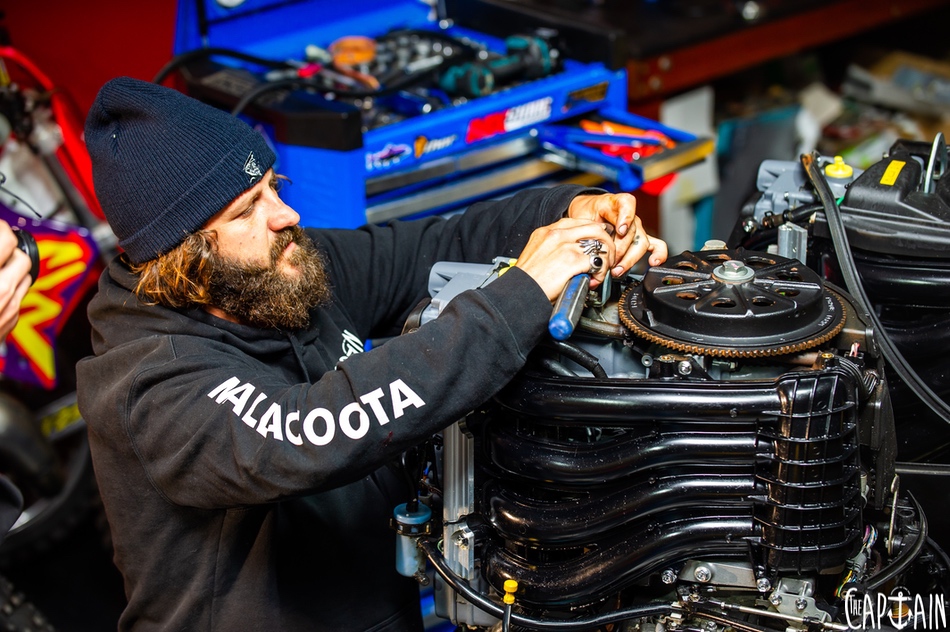
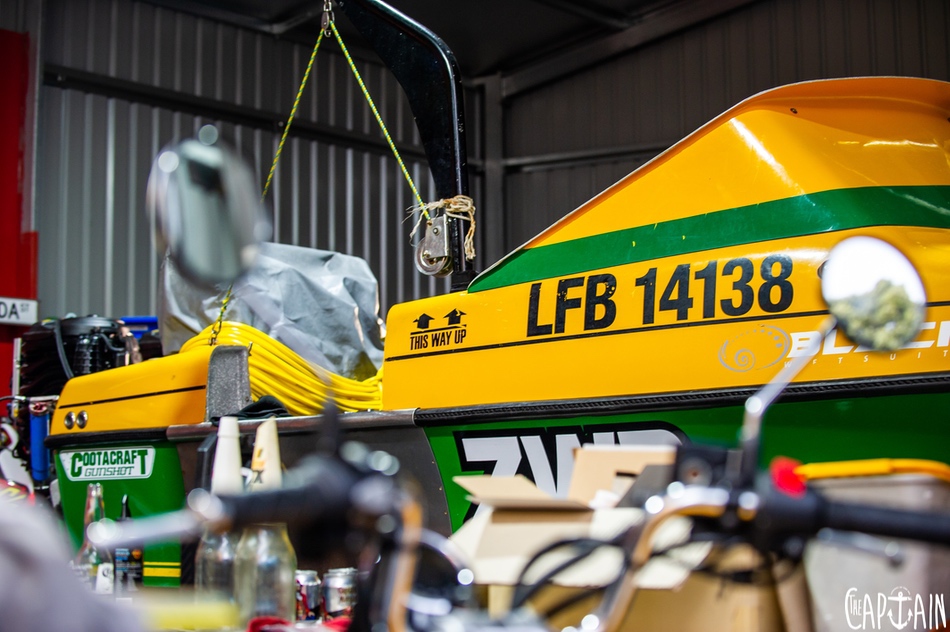
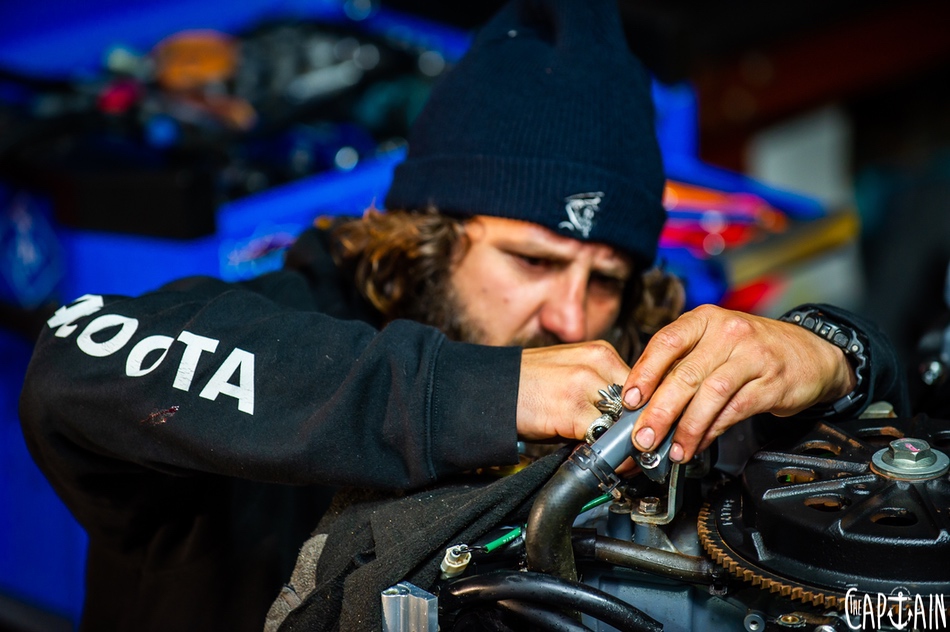
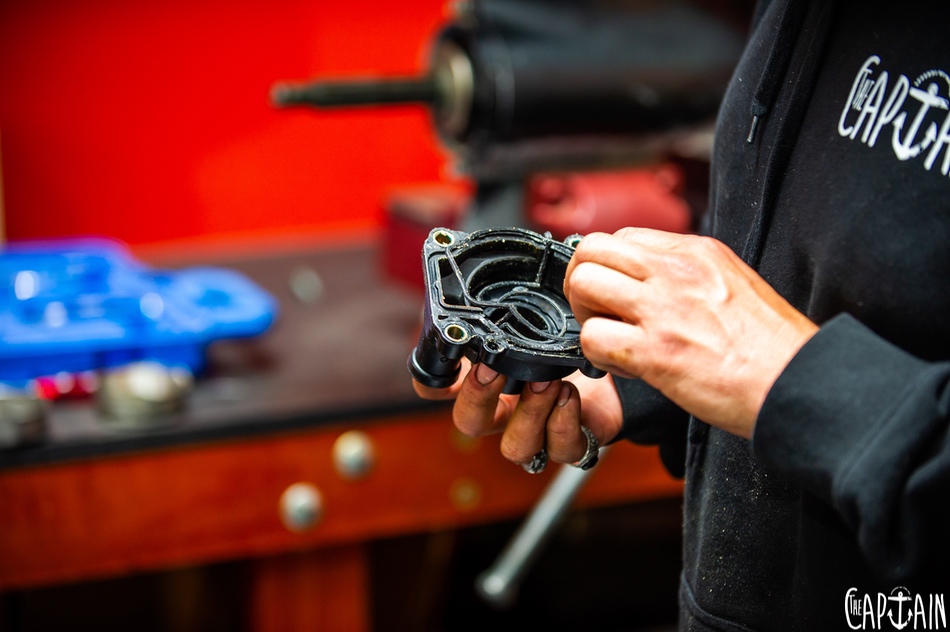
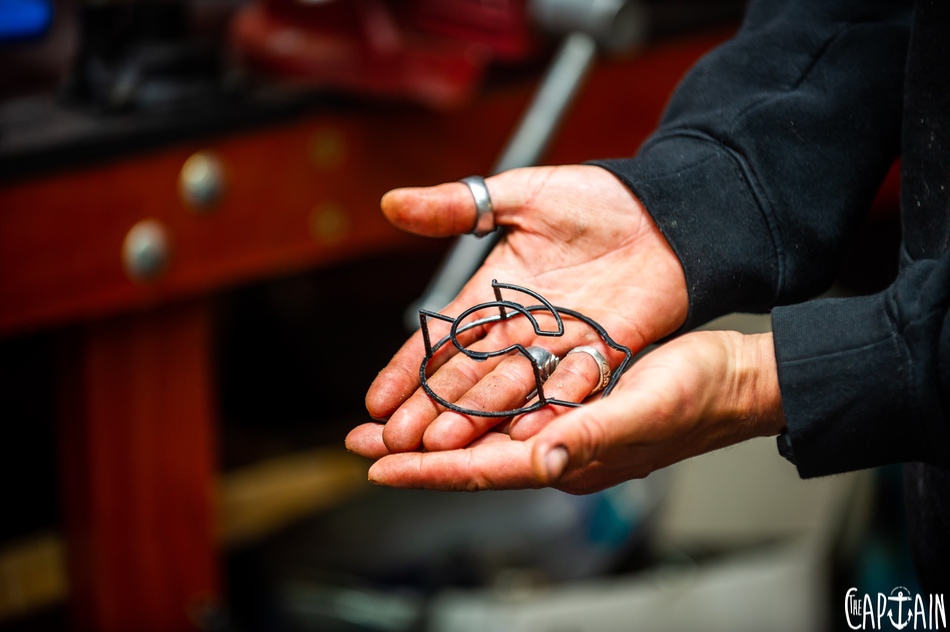
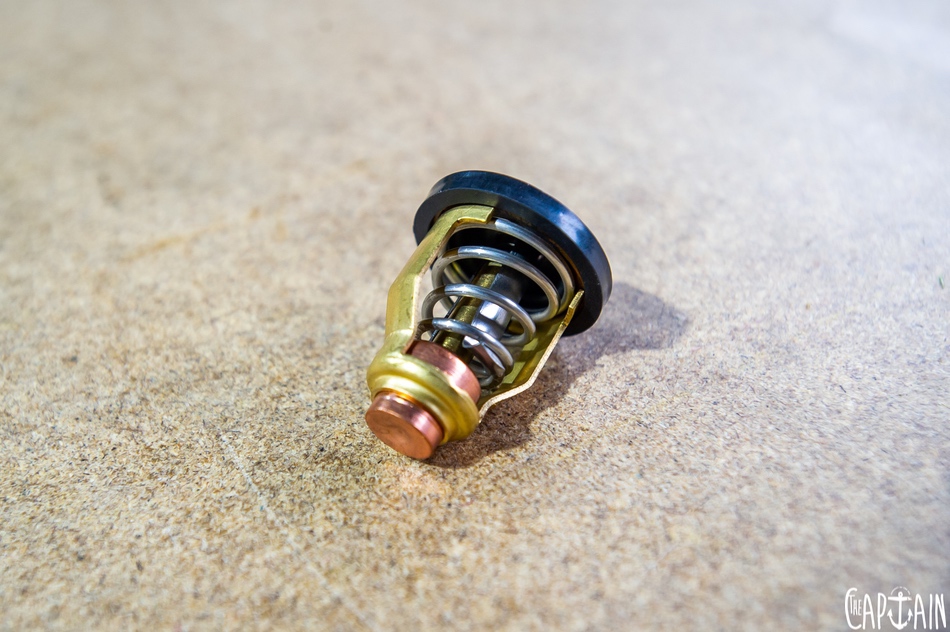

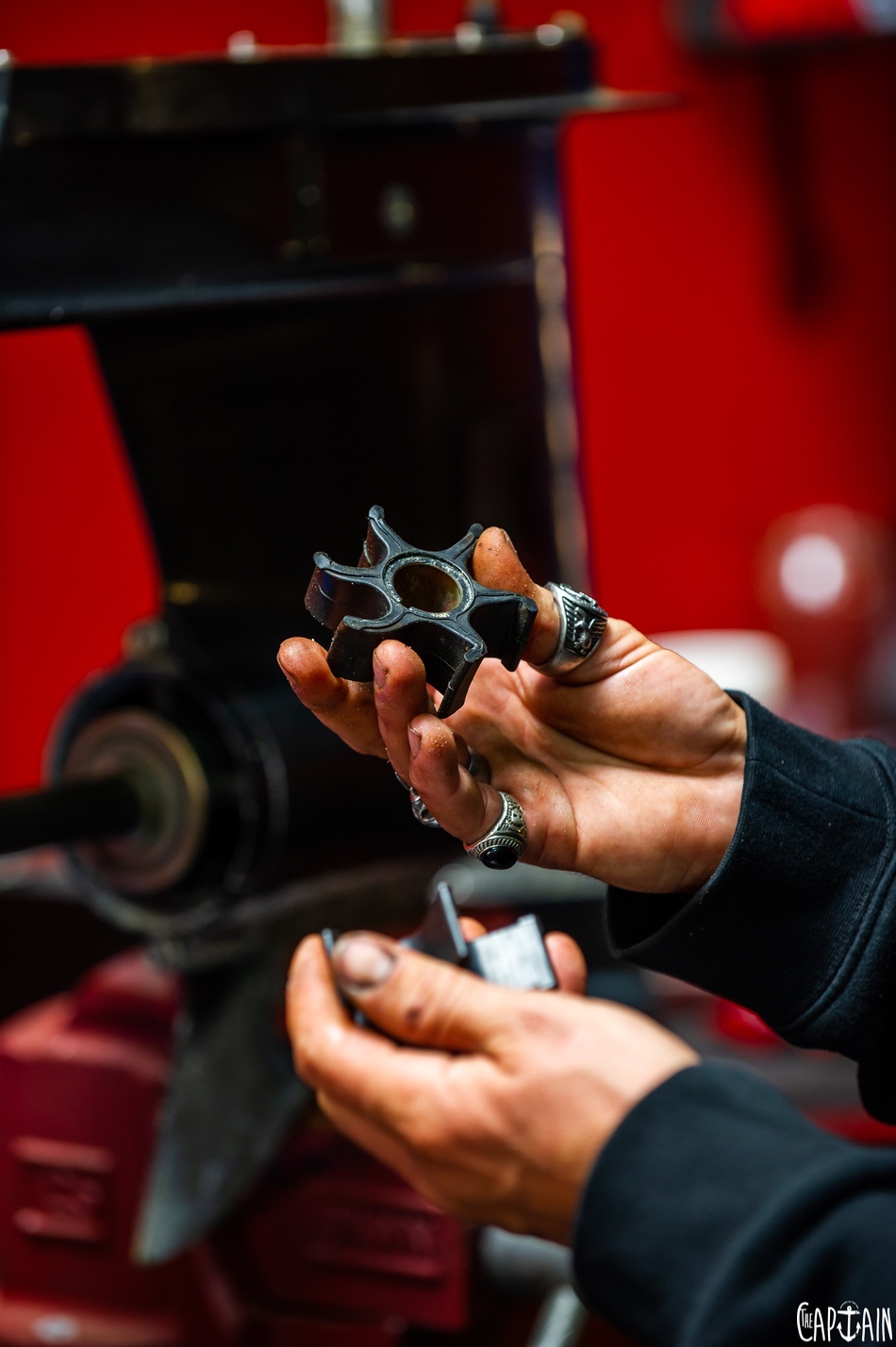
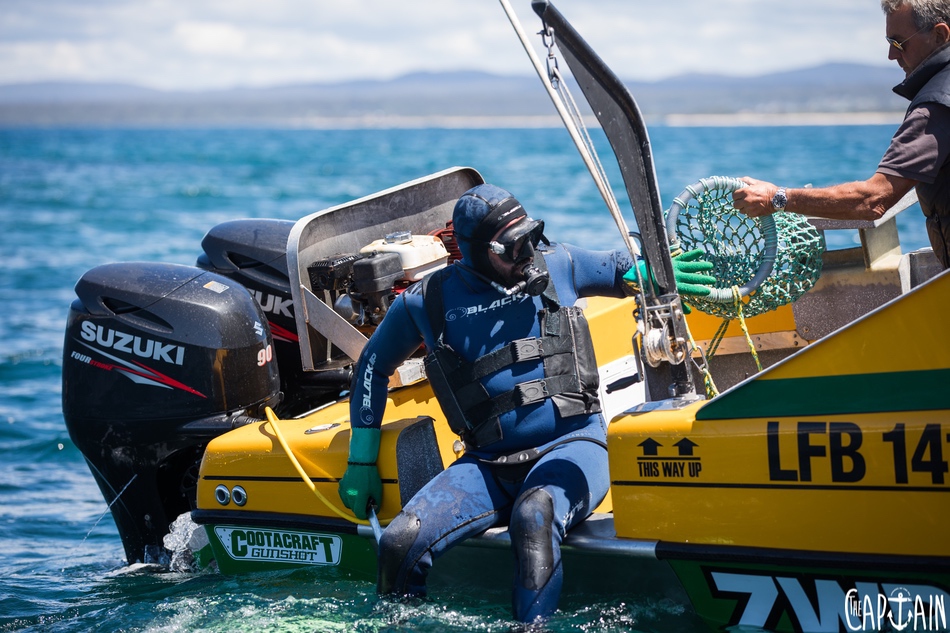
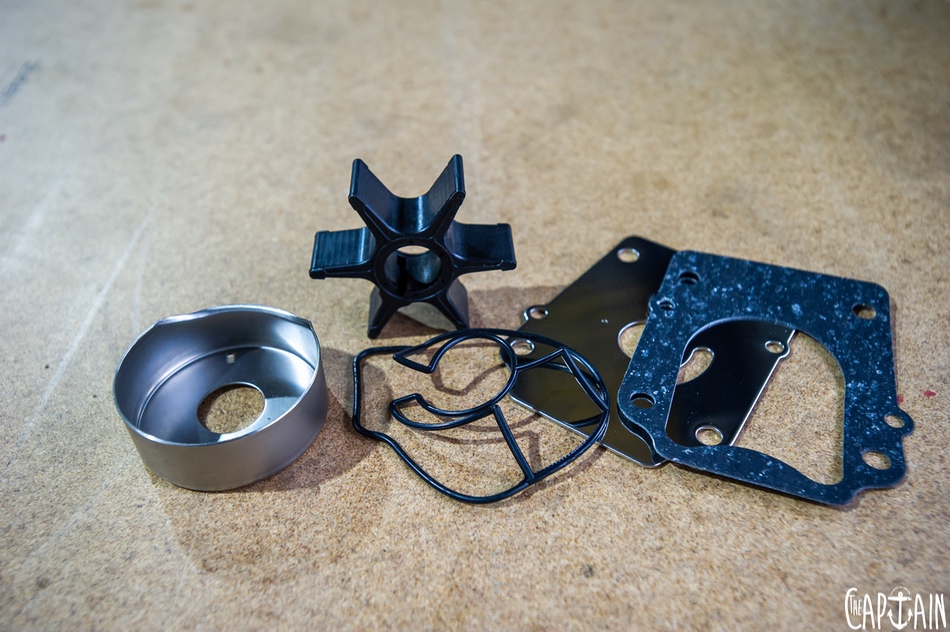

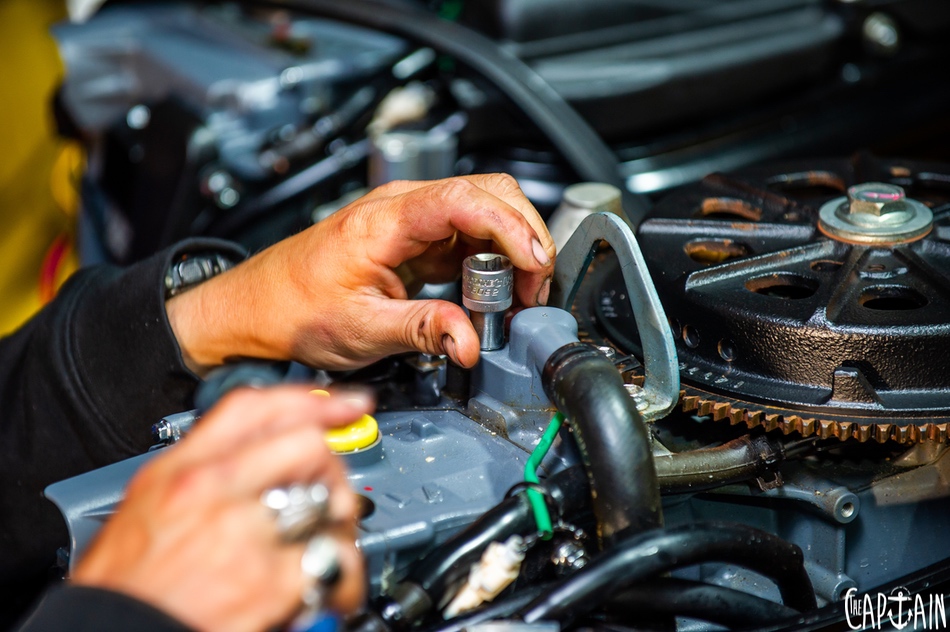

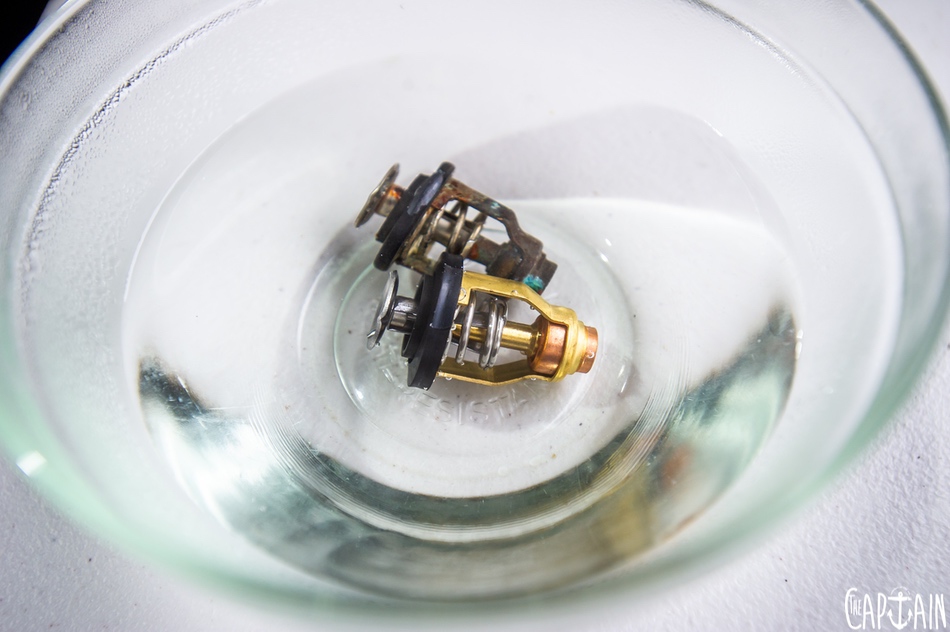
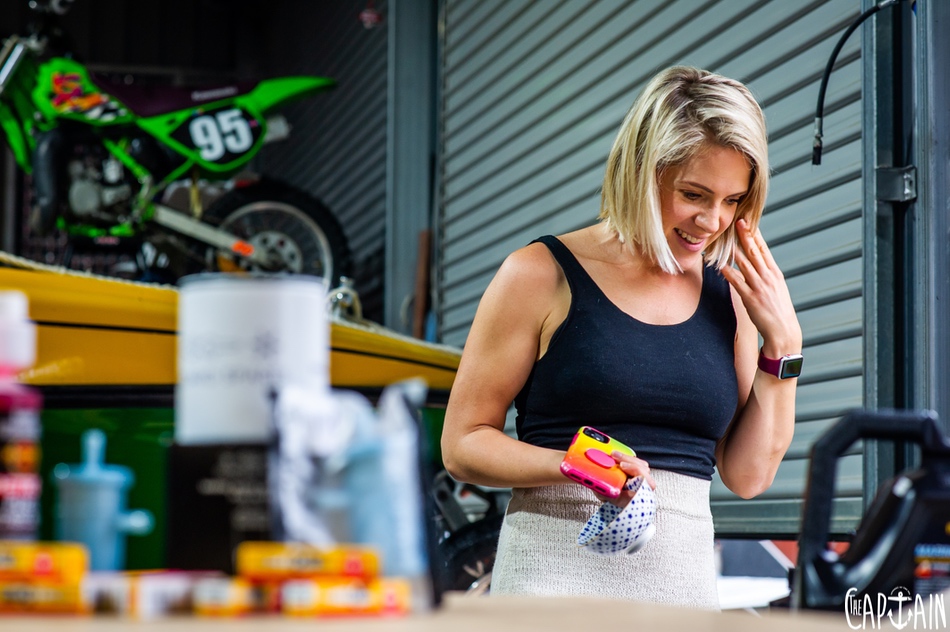

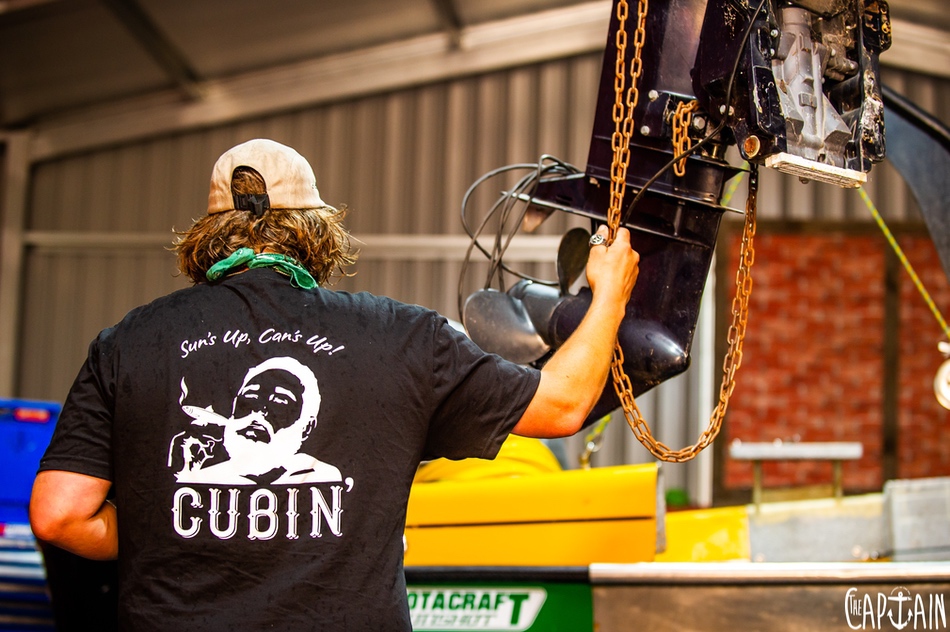
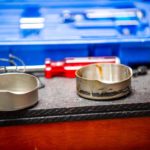
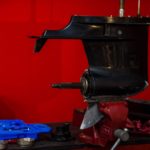
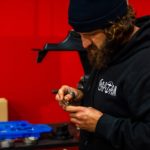
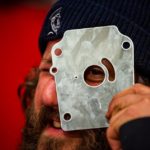

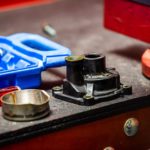
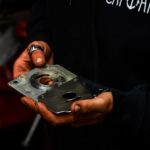
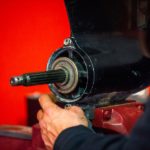
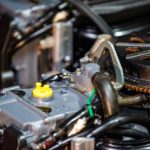
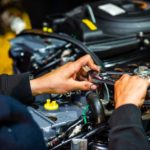
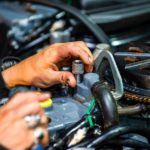






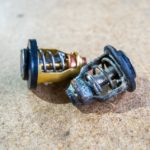




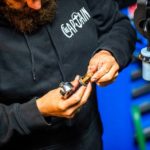
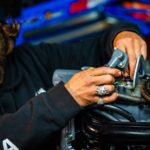
Recent Comments